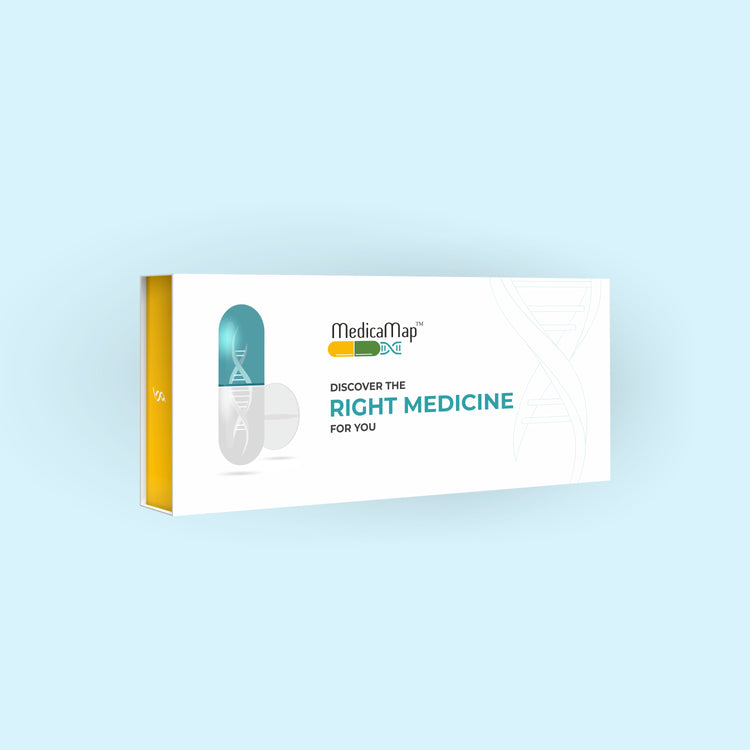Atomoxetine
Atomoxetine is a prescription medication primarily used to treat attention deficit hyperactivity disorder (ADHD) in children, adolescents, and adults. As a selective norepinephrine reuptake inhibitor (SNRI), Atomoxetine works by increasing the levels of norepinephrine in the brain, which helps improve attention span, focus, and impulse control. Understanding the uses, potential side effects, and safety considerations associated with Atomoxetine is essential for healthcare providers and individuals seeking treatment for ADHD.
Uses of Atomoxetine:
Atomoxetine is indicated for the treatment of ADHD, a neurodevelopmental disorder characterized by symptoms such as inattention, hyperactivity, and impulsivity. It is particularly beneficial for individuals who experience significant impairments in daily functioning due to ADHD symptoms. Atomoxetine is available in various formulations, including capsules and oral solutions, to accommodate different age groups and dosing requirements.
Side Effects of Atomoxetine:
Like any medication, Atomoxetine may cause side effects, although not everyone experiences them. Common side effects of Atomoxetine may include:
- Gastrointestinal Symptoms: Nausea, vomiting, and stomach upset are common side effects of Atomoxetine, especially when initiating treatment or adjusting the dosage.
- Insomnia: Difficulty falling asleep or staying asleep may occur, particularly if Atomoxetine is taken late in the day.
- Decreased Appetite: Some individuals may experience a temporary decrease in appetite while taking Atomoxetine, leading to weight loss.
- Dry Mouth: Dry mouth is a common side effect of Atomoxetine, which may be alleviated by increasing fluid intake or using sugar-free candies or gum.
- Headache: Headaches are reported by some individuals taking Atomoxetine, although they are usually mild and transient.
